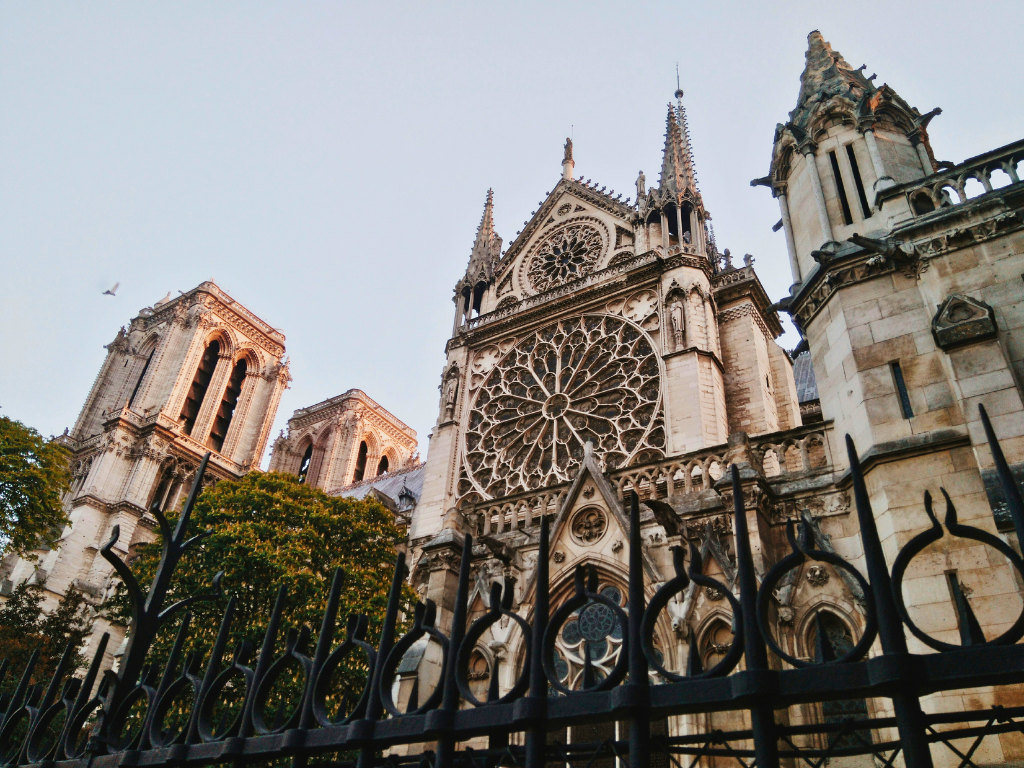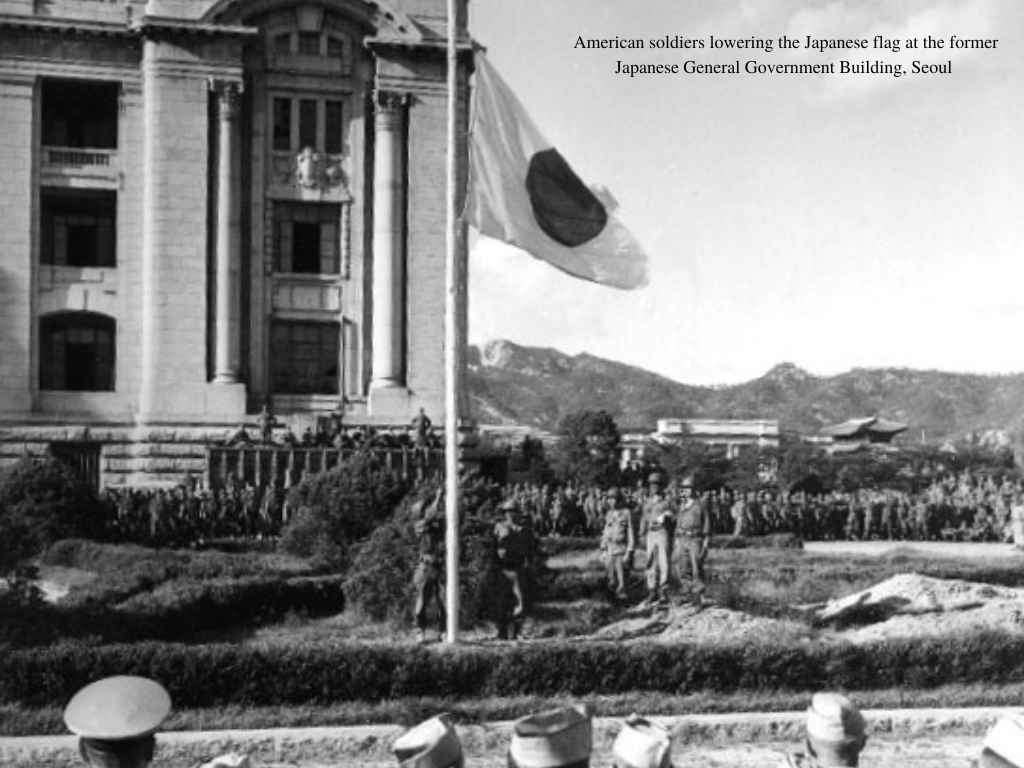One of the fundamental reasons human beings travel is to learn. It is essential that travelers who have the opportunity to see and learn from one of the darkest scenes in human history do so.
Traveling to a place like Sachsenhausen is a somber but significant chance to confront the tragedies of the Holocaust and learn from humanity’s failures.
Sachsenhausen: A Memorial of Tragedy
Just 22 miles from the middle of Berlin, on the outskirts of Oranienburg, sits the Sachsenhausen Memorial and Museum. The Museum commemorates the tragedies of the Sachsenhausen concentration camp that took place at that site from 1936 until April 1945.
Throughout World War II, Sachsenhausen was the closest concentration camp to the German capital. Early in the war, it held many political prisoners because of its proximity to the state's center. As the war went on, the camp became a prison for many Soviet prisoners and Jewish people captured and imprisoned by the Nazis.
It was also the closest camp to the administrative center for the entire concentration camp system. As a result, Sachsenhausen became a training center for SS officers, many of whom would be sent to oversee other camps. The camp was also used to identify execution methods for other death camps. It is estimated that more than 50,000 people were killed at Sachsenhausen.
Guided Sachsenhausen Tour with Context
The historical events at Sachsenhausen are disturbing, but it is important to work to understand what happened as we reflect and grow.
The most impactful way to access this deeper understanding is on a Guided Sachsenhausen Tour with Context. Led by a local historian, the two-and-a-half-hour tour will illuminate and forge unforgettable understandings of the history you are walking through.
Not only will a guide provide deeper insights into the details of the buildings you are seeing, but they will also help you understand the complicated political mechanisms that led to the establishment of concentration camps.
The horror of the camps seems impossible. The guide will help you build a real understanding of the rise of totalitarian political regimes, like that of Hitler, as well as how these totalitarian regimes used propaganda to dehumanize and marginalize certain groups. The expert will also explain how the Nazi regime attempted to legitimize the establishment of concentration camps by exploiting things like “emergency powers” and by embedding discriminatory policy into written law.
A guide will help reconcile the nuanced history with the somber atmosphere you feel as you walk around the remaining buildings. Perhaps the most emotional of all the buildings is known as Station Z. Although the original Station Z was blown up in the early 1950s, the ruins, including the cremation ovens and gas chambers, were preserved. The original roof needed to be replaced in 2004, and now the site is dominated by a translucent, rectangular structure that appears to float above the foundations of Station Z. The design has received several international architectural awards and adds a dignified place of remembrance to the dark atmosphere of the camp.
If you are staying in Berlin, the memorial site is only 37 minutes away by car. It is also easy to reach on a regional train (RE 5) from the Berlin Gesundbrunnen Station to Oranienburg Station.
Unveiling the Dark History of Sachsenhausen
Prisoners at Sachsenhausen lived in one of 68 barracks arranged (more or less) in a triangle shape. At the base of this triangle was a structure known as Tower A. It was designed so that everything in the camp was visible from Tower A.
Tower A is also the connection between the prisoners’ barracks and the living quarters of the camp guards. The camp also included a laundry, a kitchen, an infirmary, and several industry workshops, including a weapons maintenance workshop now the visitor’s center for the museum and memorial.
The Memorial site also features mass graves, a burial ground for the ashes from the crematoriums, an execution trench, as well as a roll call area that was a common site for public executions.
Another significant feature of the museum is a memorial obelisk. The obelisk at the site contains eighteen red triangles, the symbol the Nazis gave to political prisoners, usually communists.
Among the Ruins: Stories of Resilience and Tragedy
One political prisoner was a wealthy Norwegian named Odd Nansen who was arrested for working with a resistance movement, then sent to the camp at Sachsenhausen. While imprisoned, he kept a personal diary; it tells the story of the conditions he experienced in Sachsenhausen, as well as the privileges he was awarded.
As an “Aryan,” Nansen was subjected to less harsh treatment in the camp, and he was even given special commodities. He notes in his diary that, “In many ways, the Norwegians are on a special footing, have certain advantages that others haven’t, are more respected than other nationalities, perhaps along with the Dutch—and of course the Germans themselves.”
Where most of the other prisoners in the camp only survived off of soup and bread, the Norwegians received meat, butter, and cigarettes. Nansen’s diary includes a chilling passage about the hierarchy of the camps, he describes how dying Ukrainians would line up outside the Norwegian block every day to get the last scraps of meat or cigarette butts.
Connecting Past and Present History
After the camp was liberated by the Polish army in 1945, the Soviet Military administration used its facilities. By 1948, Sachsenhausen, renamed Special Camp No. 1, was the largest of the Soviet special camps in the Soviet Occupation Zone. From 1945 until 1950, 60,000 people were imprisoned there, including 6,000 German officers transferred from Western Allied camps.
In 1950, After the Soviets vacated the site, it was used for some years by East Germany to house special divisions of police, which were the precursor of the country's own National People's Army, which was not formally established until 1956.
The concentration camp then became a target for Neo-Nazis. In 1992, The Jewish Barracks at the Sachsenhausen Nazi concentration camp were burned by arsonists. The fire wiped out a new permanent exhibition on the oppression of the Jewish people during the Third Reich.
The history of the Jewish experience, especially in Berlin, is paramount to building a complete knowledge of the holocaust and second world war.
Plan a Trip to Sachsenhausen
Context’s Guided Sachsenhausen Tour is a thoughtful and educational way to learn and experience the Sachsenhausen concentration camp. Our expert guides will share moving insights and historical facts that will enhance your knowledge about one of history’s greatest tragedies.
Sachsenhausen is one of the most impactful concentration camps in Germany to visit. Seeing firsthand this haunting and solemn place is critical to deepening your understanding of the past and the role it continues to play in the present. Only by understanding and acknowledging can humanity move forward together.

















